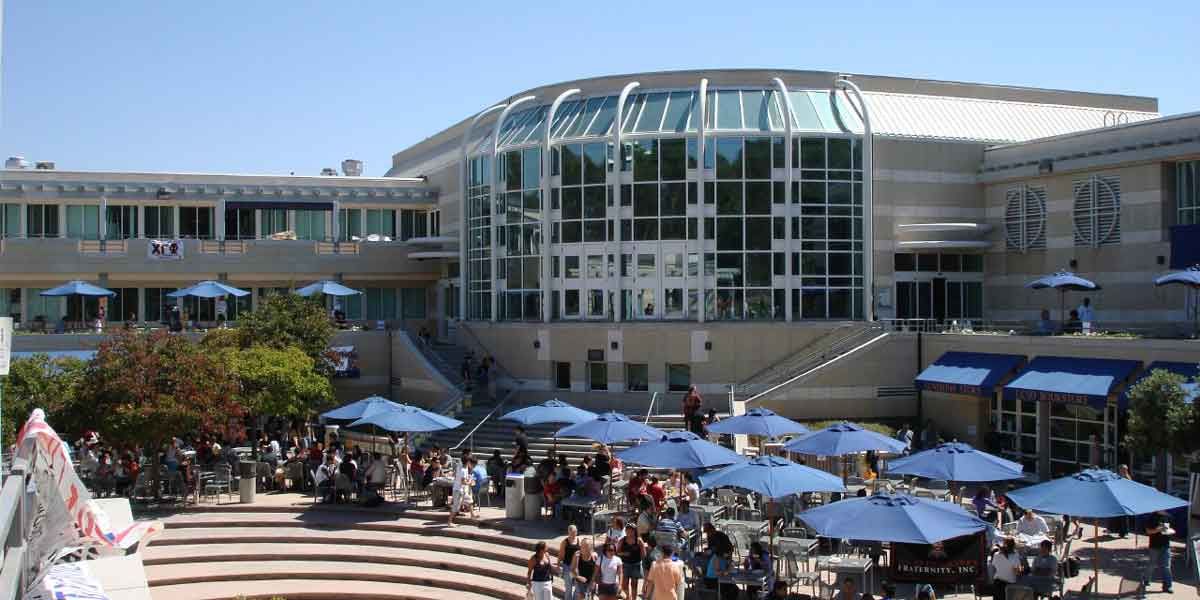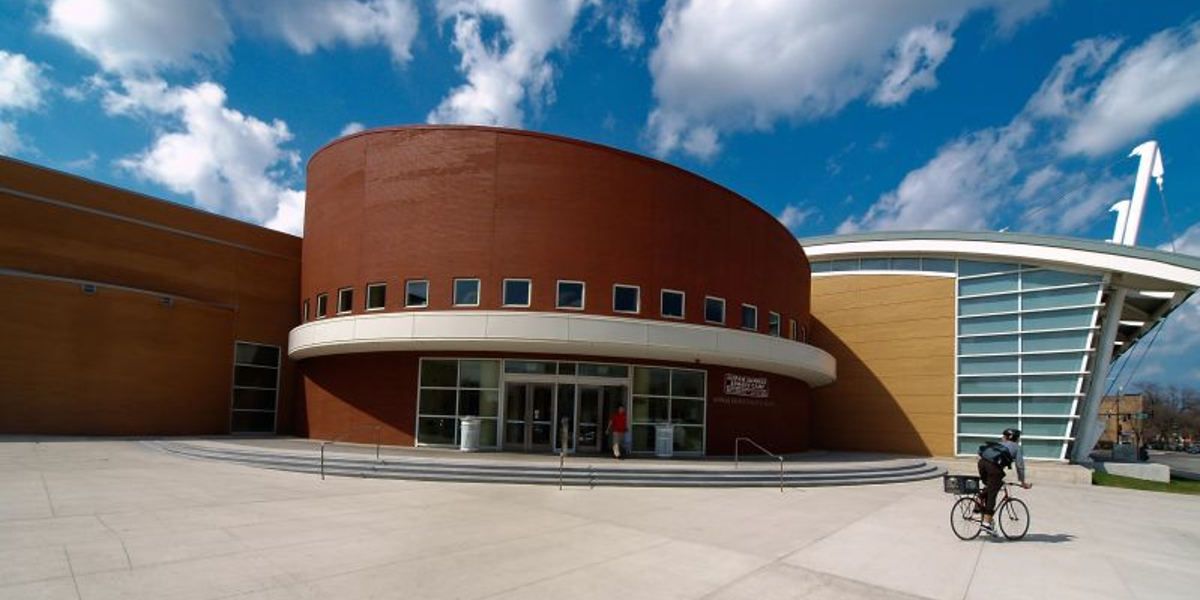The Quantitative Reasoning section of the GMAT tests your skills in two main types of multiple-choice questions: Data Sufficiency and Problem Solving. You'll need a solid grasp of basic algebraic concepts, arithmetic operations, and fundamental geometry but one area that often trips up test-takers is the time and distance questions. These simple-looking problems require you to think carefully and apply the right formulas and problem-solving strategies. To ace the Quantitative section mastering time and distance questions is crucial. This blog will dive into tips and examples to help you master time and distance problems on the GMAT.
Scoring well in the GMAT does not end your journey. You apply to the university that matches your GMAT score, do the loan and visa applications, apply for scholarships, and many more. If you feel overwhelmed with all this information, worry not, Yocket is there to help you. With end-to-end assistance and personalized guidance, we will help you secure admissions to the top institutes. Connect with Yocket Premium today to learn more about it!
| Table of Contents |
GMAT Time Speed Distance Concept
The Time, Speed, and Distance (TSD) concept is fundamental to solving various quantitative problems on the GMAT. Understanding the relationship between these three variables is crucial for tackling questions effectively. Here’s a breakdown of the key concepts, formulas, and strategies to approach TSD problems:
Key Concepts and Formulas
1. Basic Relationship:
-
Distance=Speed×Time
-
Speed=Distance/Time
-
Time=Distance/Speed
2. Units:
-
Distance can be measured in meters (m), kilometers (km), miles, etc.
-
Time can be measured in seconds (s), minutes (min), hours (h), etc.
-
Speed is usually measured in units like meters per second (m/s), kilometers per hour (km/h), miles per hour (mph), etc.
3. Conversions:
-
To convert speed from km/h to m/s: multiply by 5/18
-
To convert speed from m/s to km/h: multiply by 18/5
4. Relative Speed:
-
When two objects move in the same direction, the relative speed is the difference between their speeds.
-
Relative Speed=Speed1−Speed2
-
When two objects move in opposite directions, the relative speed is the sum of their speeds.
-
Relative Speed=Speed1+Speed2
5. Average Speed:
-
For a trip with varying speeds, average speed is calculated by dividing the total distance by the total time taken.
-
Average Speed=Total Distance/Total Time
-
If a round trip is made at different speeds, the average speed can be calculated using:
-
Average Speed=(2×Speed1×Speed2)/(Speed1+Speed2)
6. Boat and Stream:
-
Speed downstream (with the current):
-
Speedboat+Speedstream
-
Speed upstream (against the current):
-
Speedboat−Speedstream
7. Trains:
-
When a train passes a stationary object, the distance covered is the length of the train.
-
When a train passes a moving object (e.g., another train) relative speed and the combined lengths are considered.
GMAT Time Speed Distance Questions and Answers
Below are practice questions for the time speed distance topic. It is divided based on difficulty levels.
GMAT Time Speed Distance Questions: Difficulty Level I
Problem 1
Two trains move in opposite directions at constant speeds of 70 km/h and 40 km/h respectively. They take 6 seconds to pass each other. If the trains were moving in the same direction, a passenger in the faster train would overtake the slower train in 20 seconds. What are the lengths of the trains (in meters)?
(a) 130, 80
(b) 110, 60
(c) 116.67, 66.67
(d) 126.67, 76.67
Answer: C
|
Explanation: When moving in opposite directions: Relative speed=70+40=110 km/h =110×1000/3600 m/s =110000/3600 ≈30.56 m/s Combined length=30.56×6≈183.33 meters When moving in the same direction: Relative speed=70−40=30 km/h =30×1000/3600 m/s =30000/3600 ≈8.33 m/s Combined length=8.33×20≈166.67 meters Therefore, by solving the two equations, we find: Lengths=(110/30.56× Combined Length) This results in lengths of approximately 116.67 and 66.67 meters. |
Problem 2
Rajesh drove from City A to City B without stopping. The average speed for the entire journey was 50 km/h. What was the average speed from City A to City B?
-
The distance from City B to City C is 0.25 times from City A to City B.
-
The average speed from City B to City C was twice that of the average speed from City A to City B.
Answer: C
|
Explanation: Let's denote the distance from City A to City B as D. From statement 1, the distance from City B to City C = 0.25D. From statement 2, let the average speed from City A to City B be S. Thus, the average speed from City B to City C = 2S. Given the combined average speed is 50 km/h: (D+0.25D)((D/S)+(0.25D/2S))=50 1.25D((D/S)+(0.125D/S))=50 1.25D/(1.125D/S)=50 1.25×S=50×1.125 S=50×1.125/1.25=45 km/h Thus, the average speed from City A to City B is 45 km/h. |
Problem 3
What is the time difference between Tokyo and New York?
-
The departure time in Tokyo is exactly 10:00 a.m. local time and the arrival time in New York is at 11:00 a.m. local time.
-
The flight time is 14 hours.
Answer: D
|
Explanation: Given: Tokyo Departure: 10:00 a.m. New York Arrival: 11:00 a.m. the next day Flight duration: 14 hours Time in New York when the flight departs (10:00 a.m. Tokyo - 14 hours flight time): 10:00 a.m. Tokyo=8:00 p.m. previous day in NewYork Time difference: 11:00 a.m.−8:00 p.m. previous day=15 hours Therefore, the time difference is 15 hours. |
Problem 4
A ship sets sail on a long voyage. When it is 22 miles from the shore, a seaplane, whose speed is eight times that of the ship, is sent to deliver mail. How far from the shore does the seaplane catch up with the ship?
(a) 26 miles
(b) 28 miles
(c) 24 miles
(d) 30 miles
Answer: C
|
Explanation: Let the speed of the ship be S. Seaplane speed: 8S Distance traveled by the ship in time t: Ds=22+St Distance traveled by the seaplane in time Dp=8St They meet when distances are equal: 22+St=8St 22=7St t=227S Distance from shore: Ds=22+St =22+S×22/7S =22+22/7 =24 miles |
Suggested: How to Prepare for GMAT Exam: Easy Self Study Plan
GMAT Time Speed Distance Questions: Difficulty Level II
Problem 5
Reena plans to drive from City A to Station C at 60 km/h to catch a train that arrives from City B. She must reach C at least 20 minutes before the train arrives. The train leaves B, 600 km south of A, at 9:00 am and travels 55 km/h. C is located northwest of B at an angle of 45 degrees to AB and west of A at an angle of 30 degrees to AB. When is the latest time by which Reena must leave A?
(a) 7:00 am
(b) 7:20 am
(c) 7:30 am
(d) 7:45 am
(e) 8:00 am
Answer: C
|
Explanation: Train travel time from B to C: Distance = 600/55 ≈ 10.91 hours Arrival time = 9:00 am + 10.9 ≈ 7:55 pm Reena must arrive by 7:55 pm−0.33 hours=7:35 pm Distance AC using cosine rule (angle between AB and AC is 60 degrees): AC = sqrt(600^2+600^2-2*600*600*cos(60)) AC = sqrt (720000-360000) ≈ 600 km Time required for Reena = 600/60 = 10 hours She must leave by 7:35 pm−10 hours=9:35 am Hence, the latest time Reena must leave A is 7:30 am to ensure she catches the train. |
Problem 6
John, Mike, and Steve start running from the same point in the same direction along a straight line at 06:00 a.m., 07:00 a.m., and 09:00 a.m. with speeds of 3 km/h, 4 km/h, and 5 km/h respectively. When Mike catches John, he sends John back immediately to deliver a message to Steve. When will John meet Steve?
(a) 09:30 a.m.
(b) 10:00 a.m.
(c) 10:40 a.m.
(d) 11:00 a.m.
Answer: B
|
Explanation: John's distance from the start when Mike starts: Distance=3×1=3 km Time taken for Mike to catch John = 3/(4-3) = 3 hours Meeting time = 7:00 a.m.+3 hours=10:00 a.m. John travels back to meet Steve: Speed of Steve=5 km/h Meeting time=10:00 a.m. Hence, John meets Steve at 10:00 a.m. |
Problem 7
P and Q are two points 150 km apart. Runner A starts from P towards Q at 12 km/h. At the same time, runner B starts from Q but in the same direction as A at 24 km/h. After an hour, B turns back and changes his speed to 12 km/h. After another hour, B returns and changes his speed to 24 km/h again. He keeps on changing his speed and direction in this manner till he meets A. After how much time will A and B meet for the first time?
(a) 25 hours
(b) 15 hours
(c) 8 hours
(d) 12 hours
Answer: D
|
Explanation: In the first hour:
B then turns back: In the next hour, they travel towards each other with combined speed: 12+12=24 km/h They meet when: 150−(12+24)/24= 114/24 =4.75 hours Including the initial hour: 1+4.75=5.75 hours Hence, they meet after approximately 5.75 hours. |
Problem 8
A jungle king planned a 3-kilometre race between a fox and a turtle. Soon after the start, the fox took a significant lead. He decided to nap for ‘x’ minutes, knowing he would still win by 15 minutes. He stopped under a tree to nap. Meanwhile, the turtle kept moving. When the fox woke up, he realized that he had slept for (15+x) minutes, and immediately started running at 3/2 times his original speed. The race ended in a dead heat. If the original speed ratio of the fox to the turtle was 5:1, and the fox overslept by (5/4)x minutes, how long did the turtle take to complete the race?
(a) 32 min
(b) 38 min
(c) 40 min
(d) 42 min
Answer: B
|
Explanation: Let the speed of the turtle be S. Speed of the fox = 5S Let the turtle's time to finish be T. The fox sleeps T−15. Fox time with 3/2: T-15/2 (3/2)x=(3/2)T-30 T=38 Hence, the turtle took 38 minutes. |
GMAT Time Speed Distance Questions: Difficulty Level III
Problem 9
A cyclist and a runner start from point A and head towards point B, which is 90 km away. The cyclist travels at 30 km/h, while the runner travels at 10 km/h speed. Every hour, the cyclist stops for 10 minutes. When the cyclist reaches point B, he immediately turns around and heads towards point A. After how many hours will the cyclist meet the runner for the first time?
Answer: 2.57 hours
|
Explanation: Effective speed of the cyclist: Since the cyclist stops for 10 minutes every hour, he travels for 50 minutes every hour. Effective speed = 30*(50/60) = 25km/h The relative speed of the cyclist and the runner: Relative speed=25 km/h (cyclist)+10 km/h (runner)=35 km/h Time taken to meet: Time = 90km/35km/h = 18/7 hours ≈ 2.57 hours |
Problem 10
A boat travels from point X to point Y and back to point X. The boat speed is 8km/h in still water and the speed of the current is 2 km/h. The total time for the round trip is 5 hours. What is the distance between X and Y?
Answer: 18.75 km
|
Explanation: Upstream speed: 8 km/h−2 km/h=6 km/h Downstream speed: 8 km/h+2 km/h=10 km/h Let D be the distance: D/6 + D/10 = 5 hours Solve for D: (5D/30)+(3D/30)=5 8D=150 D=18.75 km The distance between X and Y is 18.75 km. |
Tips for GMAT Time Speed Distance Questions
To ace the GMAT Time Speed Distance (TSD) problems follow the below 5 tips.
Colleges Accepting GMAT Score 700 or above
From the Desk of Yocket
To ace the quantitative reasoning section of GMAT it is crucial to master time, speed, and distance problems. You can approach even the trickiest TSD questions confidently by understanding the fundamental concepts, formulas, and strategies outlined in this blog. Practice with various difficulty levels to enhance your ability to approach these questions confidently on the test day. Remember, to conquer the time and distance problems in the GMAT perseverance and a focused mindset are key.
Are you wondering about the requirements for GMAT scores for universities abroad? Reach out to Yocket professionals and resolve all your queries, alongside getting a thorough profile evaluation and end-to-end assistance on everything studying abroad. Book A 15-minute Consultation Call Today!






























